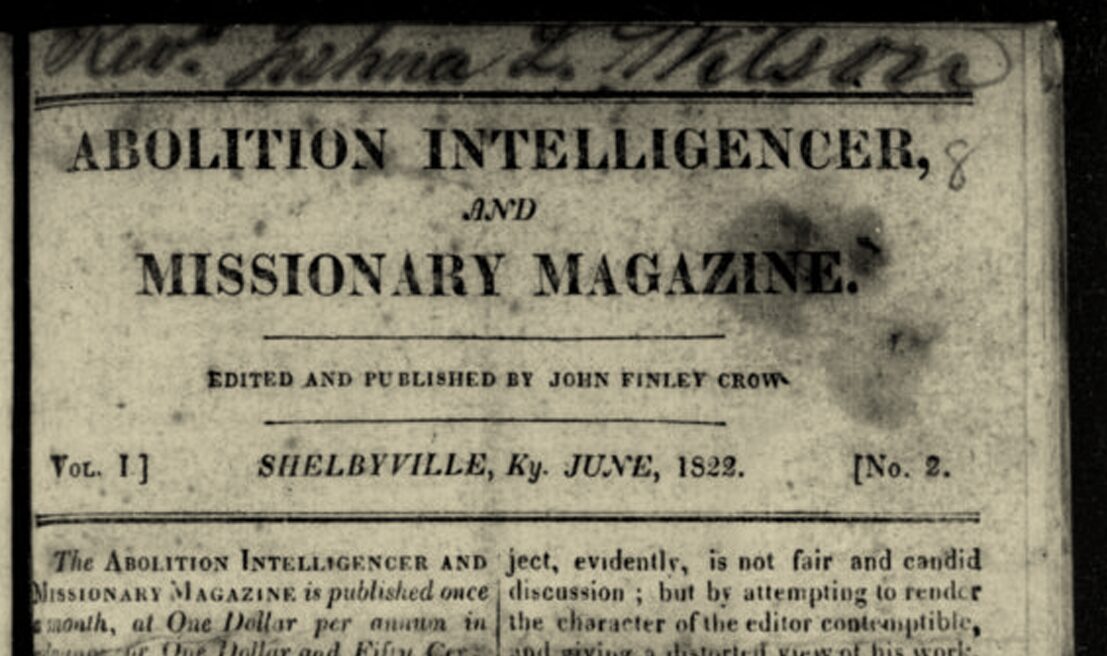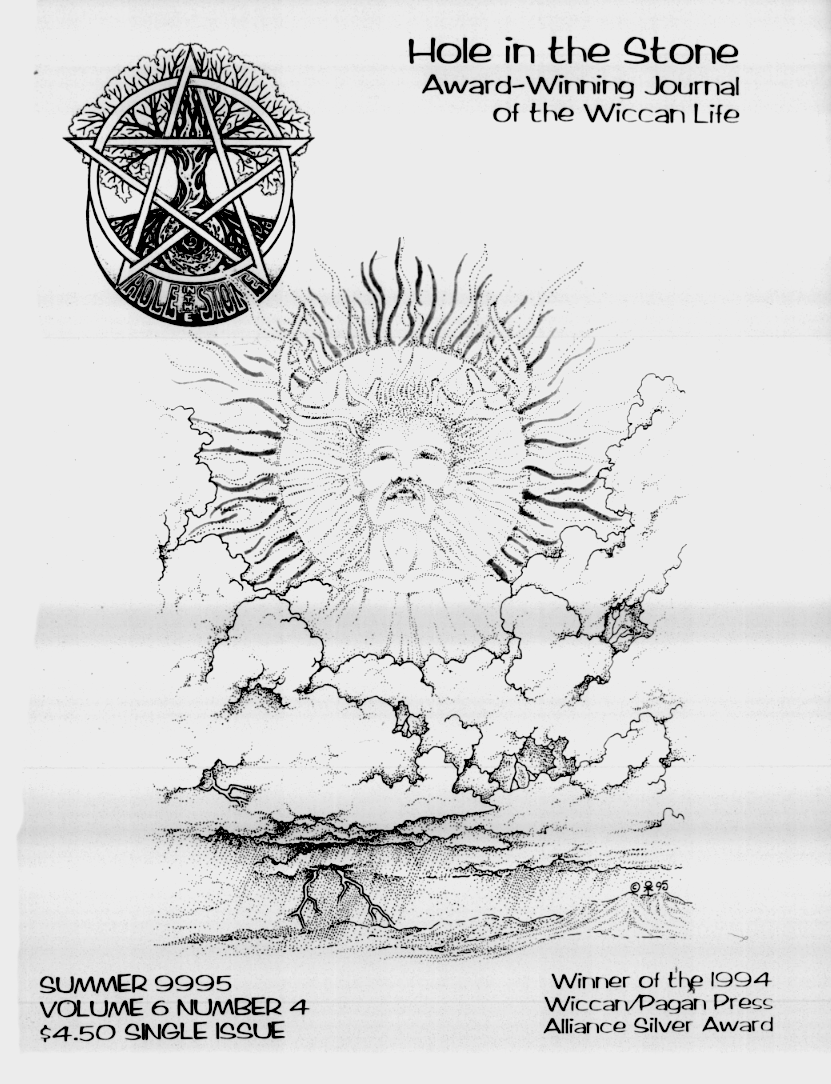Category: Historical Archives
-

Published in the Abolition Intelligencer and Missionary Magazine (Shelbyville, KY, Vol. 1, Iss. 2, June 1822), this letter from Elijah Boardman (findagrave.com) provides a striking glimpse into the use of shape-note singing in early American missionary efforts. The account describes a singing school among the Tuscarora people in Lewistown, New York, where indigenous singers learned…
-

In the late 19th century, rural communities across the South and Midwest found joy and connection through the vibrant tradition of shape-note singing. Mitchell B. Garrett’s Horse and Buggy Days on Hatchet Creek: An Alabama Boyhood in the 1890s (Tuscaloosa, AL: University of Alabama Press) offers a rich firsthand account of how this musical practice…
-

Born in 1784, Elsie Chittenden of Guilford, Connecticut, was a shape-note singer born sixty years before B.F. White’s The Sacred Harp was published. As a young woman, she sang counter in her church choir when the pitch pipe was the only aid to congregational singing, and tunes like Old Hundred and Mear were the backbone…
-

In shape-note singing, we welcome every voice, valuing participation over polish and the shared experience over individual refinement. But not every tradition has held this view. The musical reform movement of the 19th and early 20th centuries sought to reshape American congregational singing, favoring trained voices and standardized harmony over the raw, communal sound that…
-

The Sacred Harp Museum has once again done invaluable work in preserving and sharing historical recordings from our tradition. Their latest release—a newly digitized and remastered collection of open reel tapes from Terry Wootten—documents decades of singing in Northeast Alabama, a region deeply tied to Sacred Harp’s living tradition. Spanning from 1962 to 1982, these…
-

The following essay was originally published in Auburn University AlumNews in May 1968. At the time of writing, the subject was a recent discovery for the author, and he quickly became deeply enamored with it. This piece offers an early glimpse into the perspectives of Buell E. Cobb, Jr., a scholar and writer who would…
-

In Hole in the Stone (Summer 1995, Vol. 6, Iss. 4), singer Alix Baillie shared her unique perspective on Sacred Harp singing in an article titled Down-Home Singing Frenzies: Sacred Harp for Pagans. Though Baillie comes from a Pagan background, she found herself captivated by the raw, communal power of Sacred Harp. Her story serves…
-

The following article, published in Musical Magazine Vol. 1 No. 3 for July 1835, was part of a journal edited by Thomas Hastings, a prominent American composer and music educator who played a central role in advocating for the reform of sacred music in the United States. This article provides a critical overview of American…
-

I have “ripped” DVDs of singings filmed by Nate Green and uploaded some of them to YouTube (with is permission). I used the publicly posted “Minutes,” published by Sacred Harp Musical Heritage Association, to give a track listing for the videos. These videos are from the personal collection of Mary Wright, passed on to me…
-

We have taken the text from “Chapter 7: Older Recordings (Pre-1977) of Traditional Singers Reissued on CDs and Internet” found on Steven L. Sabol’s terrific internet resource, and I have inserted the appropriate YouTube videos of the albums he describes. We have appended the track listing provided by Jeramiah Ledbetter, who uploaded the videos into…
